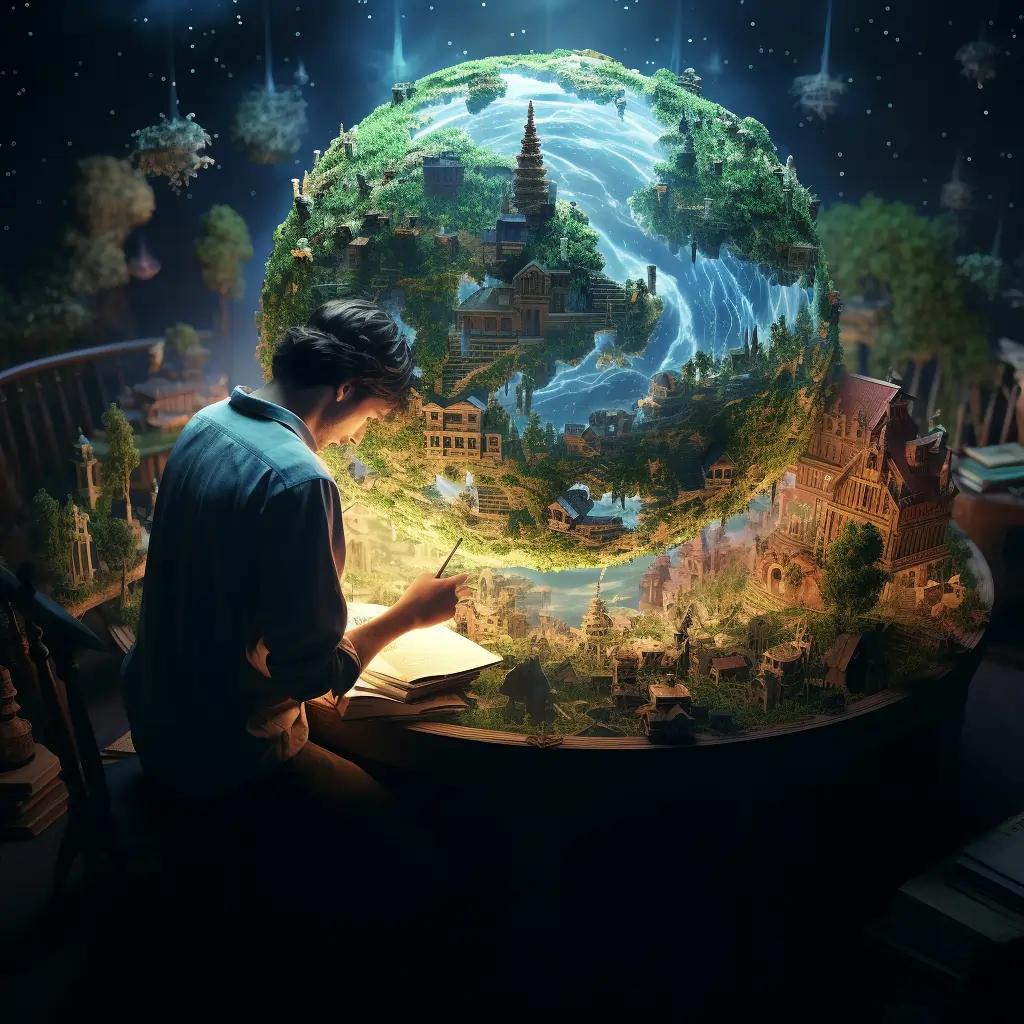3 Results in the "World Building Tips" category
-

Writing a novel is a daunting task that requires dedication, perseverance, and a well-stocked arsenal of creative writing strategies. Whether you’re a seasoned author or a budding wordsmith, this comprehensive guide will equip you with the tools and techniques to elevate your storytelling prowess and bring your literary visions to life. The Art of World-Building Crafting a captivating narrative starts with the creation of…
-

When worldbuilding every detail weaves together to form a vibrant and immersive environment. Among the many tools at a worldbuilder’s disposal, none are as potent and evocative as the five senses. Sight, sound, smell, taste, and touch—they serve as the conduits through which we perceive the world, and when masterfully utilized, they breathe life into the realms we craft. Sight: Painting with Light and…
-

In the realm of storytelling, there exists a magical craft known as worldbuilding. It’s the process through which writers create immersive and believable worlds that captivate readers’ imaginations. Whether you’re concocting a fantastical realm of dragons and wizards or a futuristic dystopia ruled by technology, mastering the art of worldbuilding is essential for creating memorable and
